The Directorate General for European Funds of the Ministry of Finance has told the Torrevieja City Council that European funds will be temporarily set aside for the program of integrated action plans for local entities as part of Sustainable Urban Development. This will happen through the European Regional Development Fund (ERDF) for the 2021–2027 programming period.
Torrevieja was one of just three municipalities in the Valencian Community to compete in the “large cities” category, along with Valencia and Castellón. It won the biggest prize: €8,562,418. It had asked for €12 million before.
The City Council was sick of losing millions of dollars in subsidies all the time. And last, in June 2024, it started a unit to collect, process, and, most crucially, meet deadlines for these subsidies. This is very significant because if they don’t, they have to pay back the money to Europe with late payment interest.
After the municipality didn’t even try to submit the request for Edusi funds, this unit was set up with specialised personnel. The municipality has since wasted millions of euros in Next Generation funds. This is true for the money for the La Sal shopping centre and much of the money for the Low Emission Zone. And it is almost too late to use the money that was meant to fix up homes.
Plans
The Integrated Action Plan is what the European Union calls the proposals of each municipality. Its main goal is to revitalise the southern part of the city’s urban centre, specifically the area around the Acequión and San Roque neighbourhoods, through the following actions.
But with that rationale, they mostly asked for money to help pay for the remodelling of the Salt Eras, which the City Council first planned to spend 7 million euros on but now plans to spend 30 million euros on.
Three suggestions
So, three ideas were suggested. The first was to fix up the Sea and Salt Museum and its cultural and social programs, and to build the Salt Walkway to make the area better for the environment and encourage more types of tourist through technology. The second was the building of the San Roque Civic Centre, which will become a sociocultural place that supports the community in this city. This is meant to improve social cohesiveness, make the internet more accessible, and diversify the economy.
Third, the projected renaturalization of the playgrounds at the Acequión and Inmaculada Primary Schools (CEIPs) and their potential to improve social cohesion through group engagement and the school community are discussed. At this point in the process, it is not clear how the money will be divided among the different projects.
There are bike lanes and a green corridor that starts near the CV-95 and goes all the way to Doña Sinforosa Park and the Eras de la Sal area. These are some of the other ways that all the projects are linked.

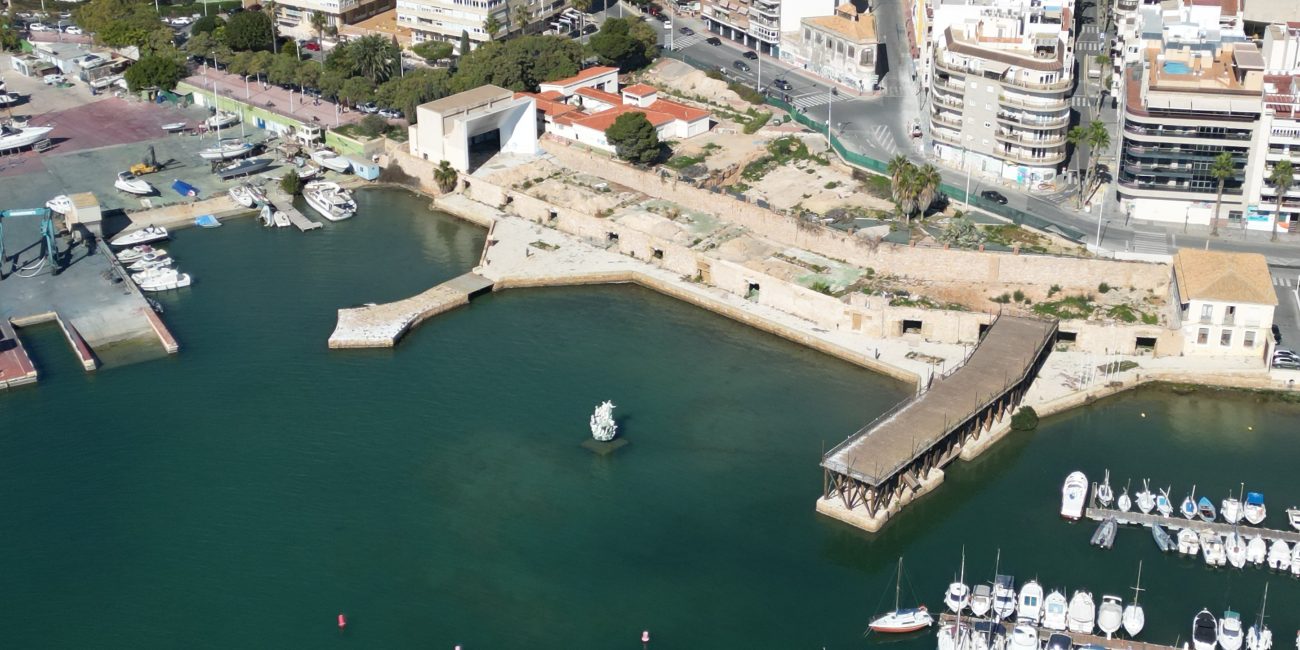

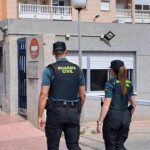
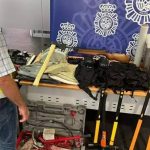
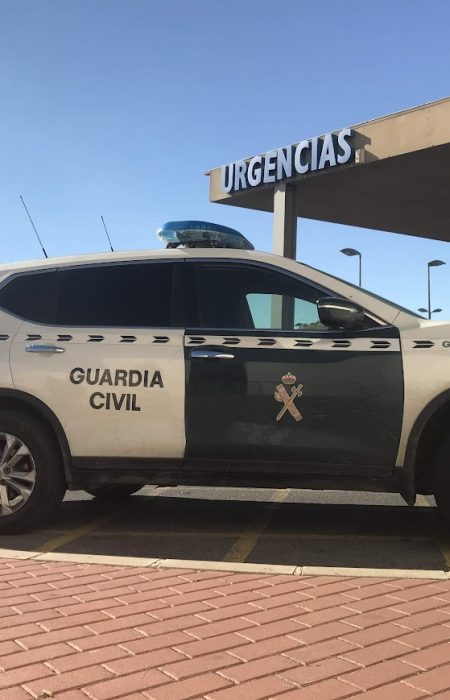

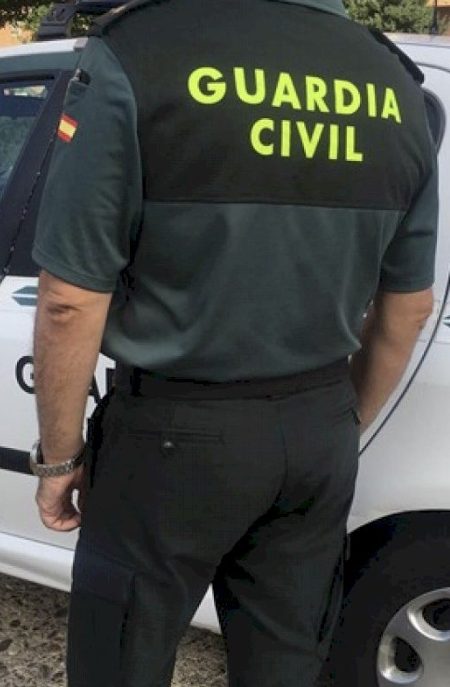
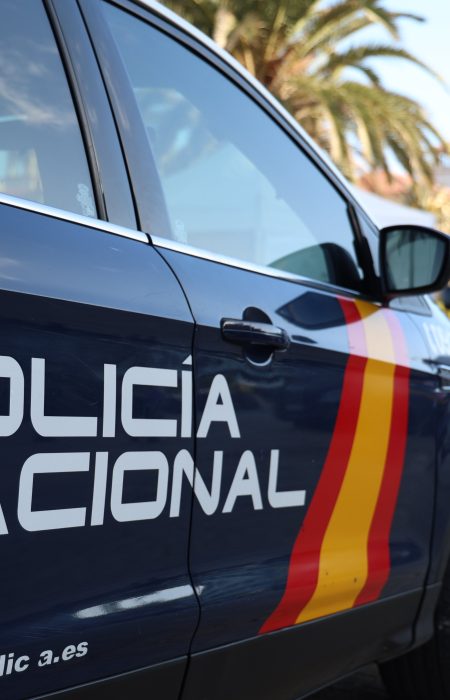
No Comment! Be the first one.